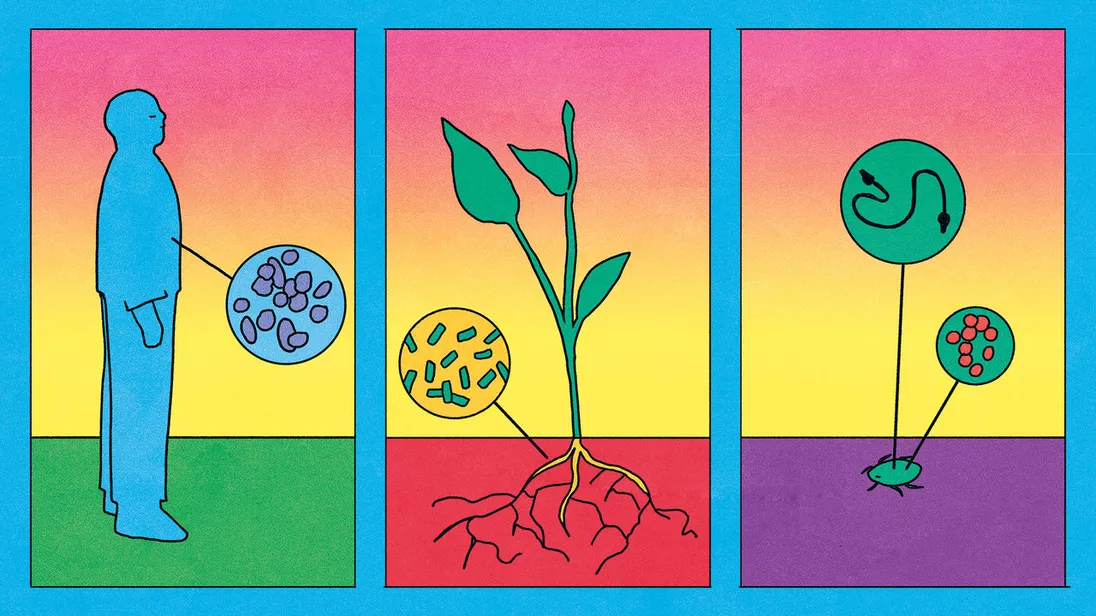Research interests
Thermal ecology
Climate change is terrifying for all living beings. Insects, as ectotherms, are especially vulnerable. Yet, they play important roles in countless biological networks. Maybe it is a good idea to try to understand what is going to happen to them?
This is my reasoning when it comes to insect thermal ecology. The good thing is that studying heat and cold stress provides an opportunity to go beyond merely describing the physiological limits of species. Evolution itself is tightly constrained by temperature, influencing competition, ecosystem services, population dynamics… virtually every biological process!
Very few processes make sense in biology, except in the light of thermal conditions.
Insect-microorganisms interactions
I like symbionts. And I like commensals. And I like pathogens too!
Studying isolated model organisms isn’t always the most insightful approach in biology; the more we explore interspecies interactions, the more we realize their critical importance. This is especially true for microorganisms, which were largely overlooked until advances in microscopy and sequencing technology unveiled their crucial roles.
Intimate insect-microorganism interactions raise so many fascinating questions. How does evolution shape these systems? Are they driven by conflict and arms races, or do they function as single entities? How much of an insect phenotype is influenced by its microbial partners? And how do free-living microorganisms develop durable relationships with insects that live on radically different timescales?
I want to learn everything about it!

© María Medem
The drosophila system
It’s not like I love flies that much. They are just a convenient model.
And they are cute.
Ok, I do like fruit flies a bit.

